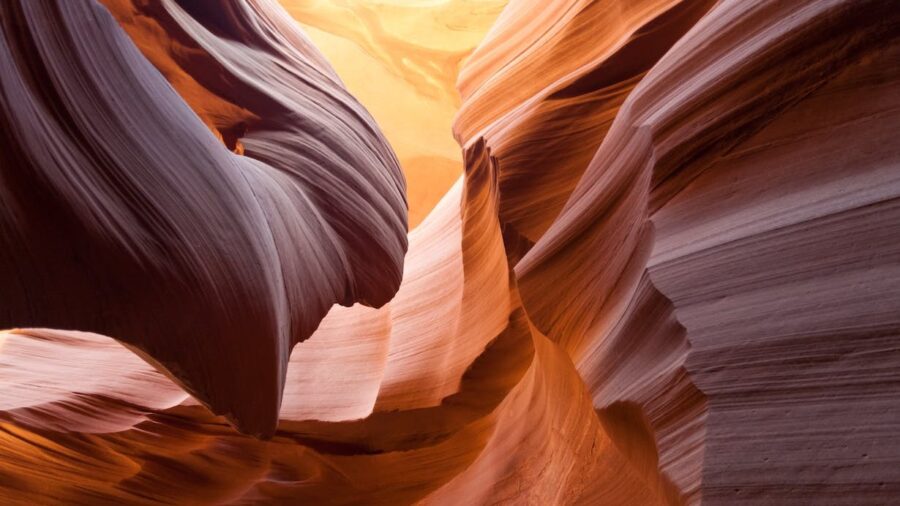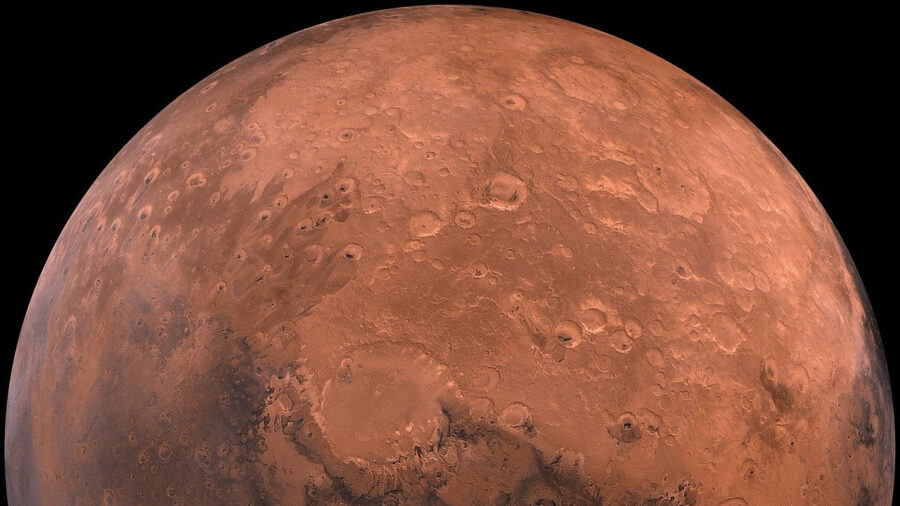See Mars’ Grand Canyon, The Labyrinth Of Night

The European Space Agency recently released a video showing the expansive, 2,500-mile-wide trench that is the Mars equivalent of the Grand Canyon. The area is known as Valles Marineris and contains a section known as Noctis Labryinthus, or “Labyrinth of Night.” The video provides a flyover of the labyrinth, which spans an impressive 740 miles in length.
The Red Planet has its own version of The Grand Canyon, and you can see it in stunning detail in new video footage.
Mars is home to several intriguing landmarks, including the tallest volcanoes in the Milky Way. Scientists believe it was those volcanoes that caused Mars’ crust to crack billions of years ago. Now, for the first time ever, we can see these landmarks in 3D thanks to measurements from the satellites that Earth has orbiting Mars at this very moment.
The footage in the video, while impressive, wasn’t taken by a camera but rather rendered in computer graphics based on stereo images of the region obtained by the European Space Agency via the Mars Express orbiter. These stereo images were combined with existing topographic data to produce the video.
The Labyrinth Of Night Is Much Larger Than The Grand Canyon
Noctis Labyrinthus—aside from sounding like a Harry Potter spell—is on a scale bigger than anything on Earth. Some of the canyon’s deep valleys measure a whopping 18.6 miles across and a brain-melting 3.7 miles deep. To compare Mars’s geography to Earth’s geography, the Grand Canyon measures only 18 miles across and, at its deepest point, only goes down 1.1 miles. Basically, you could fit three Grand Canyons inside the Labyrinth of Night.
It’s possible that parts of Noctis Labyrinthus were originally even deeper. Scientists believe that massive landslides have caused some of the canyons to collapse in on themselves, scattering tons of sand across the valley floors. The raging winds of Mars have also helped to blow around the planet’s unique red soil, partially filling in some of the valleys.

While this video is a start, there is still a lot that Scientists don’t know about Valle Marineris. While most of them agree that it was carved out by tectonic fractures along the planet’s crust, some scientists still think water also played a role in shaping Valle Marineris much in the same way the Colorado River is largely responsible for the formation of the Grand Canyon. If that’s true, then the recent video of Mars’s geography might bring with it more questions than it does answers.
The idea that Mars once had water and was, therefore, capable of supporting life is a popular trope in science fiction. Authors from Ray Bradbury to Edgar Rice Burroughs have written stories about fantastic Martian landscapes and the mysteries they contain. Others like HG Wells have imagined Mars as a hostile force hell-bent on taking over Earth, like in War of the Worlds.
While this video is a start, there is still a lot that Scientists don’t know about Valle Marineris.
In reality, the Red Planet has never given up any conclusive evidence that would point to life lurking somewhere on or beneath its surface. Nor have scientists ever seen anything on Mars that would lead them to believe the planet harbored any kind of lifeforms in the past.
While that’s disappointing to many who were hoping to see little green men on the Red Planet’s surface, thanks to this new video, they can at least look at all the cool places Martians would hang out if they did exist.












